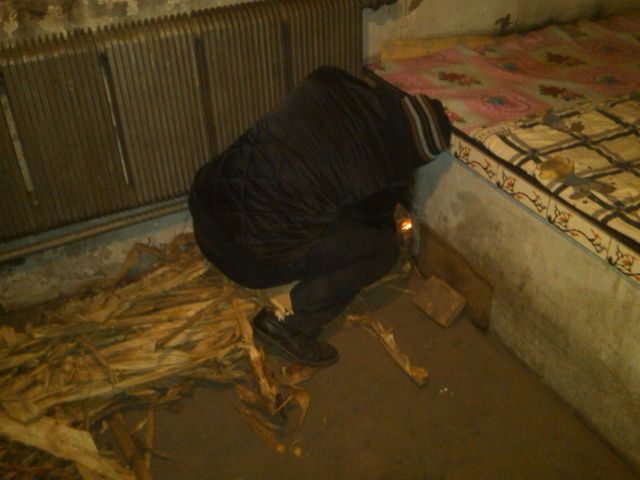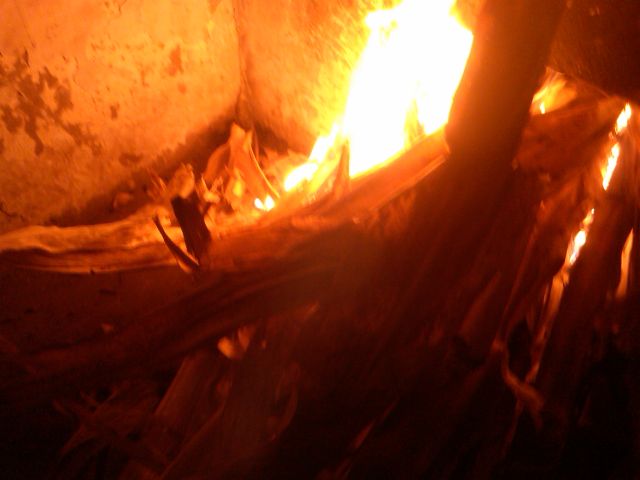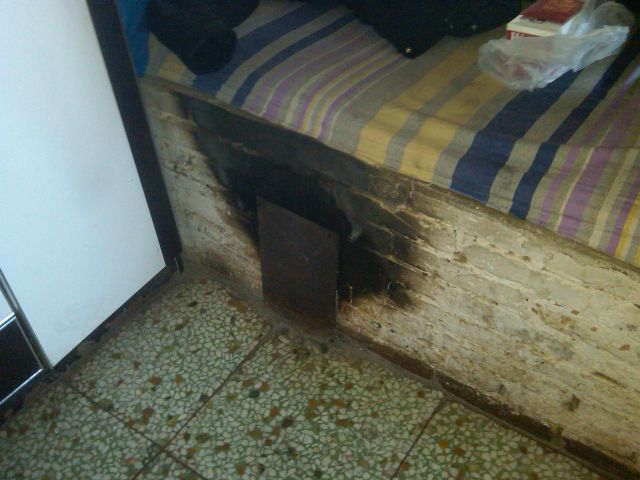I am reading the F. H. King classic “Farmers of Forty Centuries: Organic Farming in China, Korea, and Japan” written in 1911 and there are so many nuggets of useful information, including the “kang”.
He observed the kang during his visit to Mongolia and his commentary made me think of the rocket mass heater (now popular in permaculture circles) with which it shares a number of features.
He describes several kangs – in one case it was 7ft by 7ft and about 28″ high and “could be warmed in winter by building a fire within” or “warmed by the waste heat from the kitchen whose chimney flue passed horizontally under the kangs before rising through the roof”.
“The top was fitted for mats to serve as couch by day and as a place upon which to spread the bed at night.” They were constructed from brick “made from the clay subsoil taken from the fields and worked into a plastic mass, mixed with chaff and short straw, dried in the sun and then laid in a mortar of the same material. These massive kangs are thus capable of absorbing large amounts of the waste heat of from the kitchen during the day and of imparting congenial warmth to the couches by day and to the beds and sleeping apartments during the night.” He goes on to mention problems after 3 or 4 years and how they turn the problem into a solution. His book can be freely downloaded.
These kangs are still used today. I include below several recent ‘photos taken by a visitor to eastern inner Mongolia.



The visitor could not recall if the exterior flue of the kang was horizontal or vertical – he thought it may have been horizontal

Would also note the social significance of the kang (炕) in areas it’s used – usually families will arrange themselves according to seniority to determine who is closest to the kang, with the eldest sitting directly upon it. Guests of honor will often be invited to also sit on the kang. The kang is only found in rural areas nowadays, at least in Inner Mongolia.
Thank you for the comment and the pics.